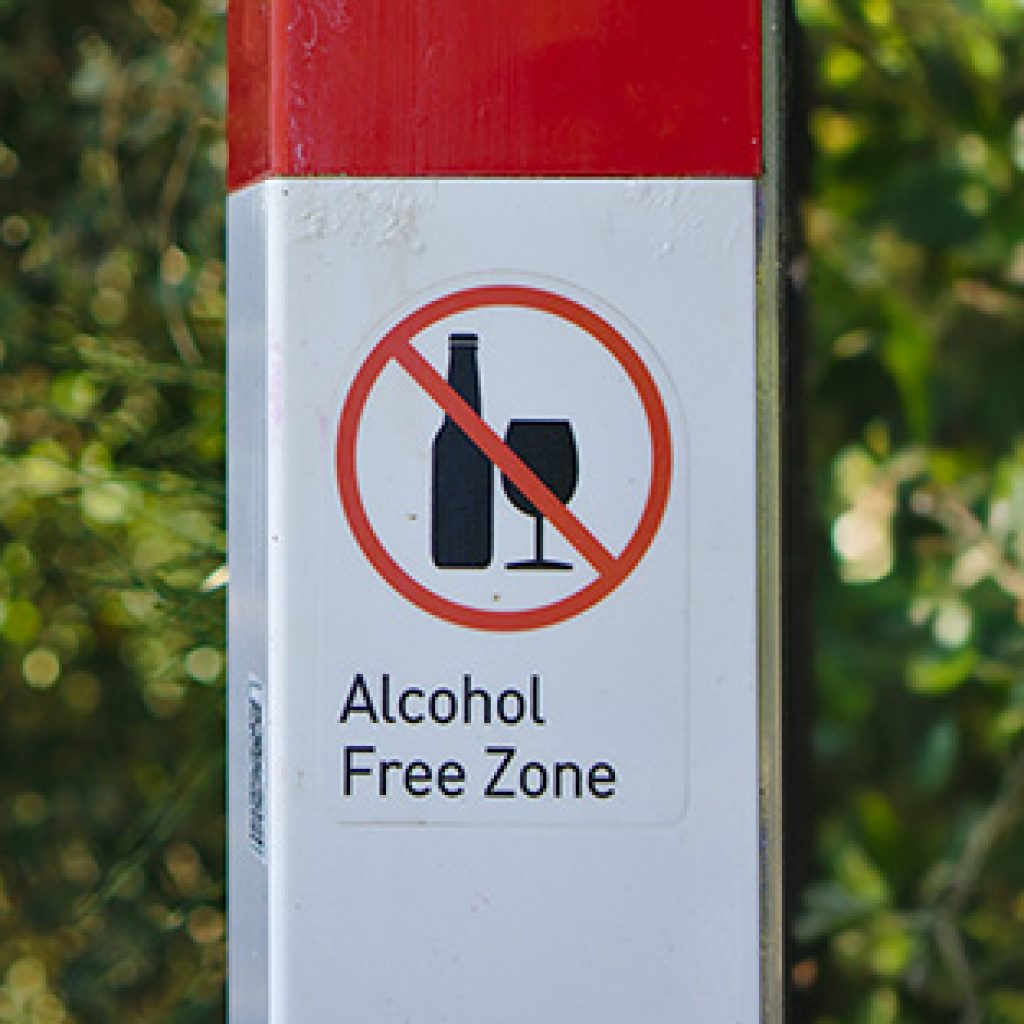Understanding the Background and Effectiveness of The Great American Smokeout
Understanding the Background and Effectiveness of The Great American Smokeout
Believe it or not, The Great American Smokeout is over 40 years old! Originating in the 70s, the event started as a way of encouraging people to stop smoking for just one day, and evolved into a smoke-free advocacy movement that achieved important research, public policy, and environmental milestones (History of the Great American Smokeout. (n.d.). Retrieved November 02, 2020). Along with Kick Butts Day, 1Day Stand, and World No Tobacco Day, tobacco awareness events serve to support people in efforts to quit smoking, make others aware of the consequences of tobacco use, and provide opportunities for promoting health and wellness.
Why Is Awareness Important?
In addition to making people aware that tobacco products pose a health risk, national campaigns about tobacco can have the following effects:
- They help people understand the prevalence of smoking and use of tobacco products. When people understand that the majority of people do not use tobacco in any form, it can help correct the misperception that drives many people to smoke: “everybody’s doing it.” People often lose the motivation to smoke when they find that smoking is not as common as they thought, and they do not need to do it to fit in with their peers.
- Many people will learn the vocabulary of an issue through awareness events. They are then able to speak confidently about tobacco use and ask questions of their healthcare providers and others about how to quit or about health concerns related to smoking.
- Health providers often ramp up efforts to screen for diseases or disorders in response to awareness campaigns. Screening for disorders associated with smoking such as high blood pressure or emphysema can provide opportunities for educating and helping to motivate people to stop.
- Awareness events like the Great American Smokeout show people who may be hesitant about how difficult quitting smoking can be that there is a lot of support and help available to help them do it. When people learn about online support groups, telephone apps, and medications from healthcare providers or over the counter, their confidence in being able to quit smoking can propel them toward actually doing it.
Are Awareness Observances Effective?
The goals of awareness days are often to increase knowledge, influence perceptions, and ultimately to influence behaviors. According to one systematic review, evaluation efforts for awareness events are often limited to the amount of media coverage resulting from an event, the number of Internet “hits, ” or the number of tweets and re-tweets on Twitter (Purtle & Roman, 2015). The authors of the commentary based on the review question their effectiveness, and postulate that with nearly 200 health promotional days, weeks, and months on the U.S. National Health Observances calendar, and over 145 awareness day bill introduced in Congress since 2005, health awareness events are not being given appropriate scrutiny. They state that “If left unchecked, health awareness days may do little more than reinforce ideologies of individual responsibility and the false notion that adverse health outcomes are simply the product of misinformed behaviors” (Am J Public Health. 2015;105: 1061–1065. doi:10.2105/AJPH. 2015.302621). Accordingly, the authors’ recommendations for aligning awareness events with health promotion strategies and standards of practice for public health are as follows:
- Health awareness events should have systematic reviews for effectiveness to identify health awareness articles that raise interventions across disciplines.
- Outcomes for awareness events should be examined across settings (such as the workplace or college settings), and a variety of populations at difference levels of risk to help form common awareness constructs for health promotions.
- The aims of health awareness events should follow the principles of health promotion practice, define their goals, and specify theoretical or conceptual models that they will use.
- Resources that support the efforts of non-professionals who are often involved in such promotional events should be established and should include a logic model for the outcomes and impact of the event.
- Evaluations of awareness events should occur at multiple levels and domains and have different goals and outcomes for each, to account for the fact that events are often attended by people with or in recovery from the disorder or health issue. These are people for whom increased knowledge often would not be an achievable goal due to their lived experience of the condition.
- Evaluations should consider interactive effects of related awareness events that may take place during the same general time frame.
- Cost-benefit and cost-effectiveness ratios should be considered in evaluations, particularly if fundraising is a goal, and the eventual plans for funds raised should be disclosed (Purtle & Roman, 2015).
Of note is a later study evaluating the effectiveness of the Great American Smokeout that used cessation-related news reports, tweets, and racking of help-seeking behaviors via Google, Wikipedia, and government-sponsored quitlines from 2009-2015, calling the big data approach a “novel evaluation” (Ayers et al., 2016). The results showed increased news coverage of the event and modest increases in online help-seeking and use of quitlines. While the evaluation did not reach the suggestions of the previously cited study, the novel approach taps into the behaviors of contemporary populations who use more technologically current methods of accessing help and information. The increases in help-seeking behaviors and Internet searches for information do provide valuable information for informing future strategies, as noted by the authors, who acknowledged that efforts to provide better pathways to evidence-based cessation information and assistance must be part of future Great American Smokeout events. One might also argue that “awareness” events are primarily to raise awareness, and more aptly fall under the classification of “Promotion” than “Prevention” or “Treatment” on the Institute of Medicine’s (IOM) Continuum of Care framework. Promotions is defined as strategies “designed to create environments and conditions that support behavioral health and the ability of individuals to withstand challenges. Promotion strategies also reinforce the entire continuum of behavioral health services” (SAMHSA, n.d., p. 2). Promotion strategies encourage positive functioning and healthy well-being (Begun, 2019). While they are not interventions in themselves, professionals must be prepared for the opportunities presented for education, screening, and brief intervention. Therefore, the answer is affirmative, awareness events are effective as promotional strategies and serve a definite purpose in the IOM Continuum of Care framework.
Many Resources Are Available
In provide the resources available on the Great American Smokeout page, the American Cancer Society has made huge strides in providing the type of evidence-based information needed for educating the public, providing cessation assistance, and helping professionals to respond as suggested by Ayers and colleagues. One of the resources available for getting the information out to those who need it is The Tobacco Atlas. This detailed research document is full of information about the scope of the problem and the solutions that are available. It covers topics such as prevalence, health effects, comorbidities, marketing, and many others. Additional information about this awareness event, information about vaping and the associated EVALI, (which stands for “e-cigarette, or vaping, product use associated lung injury”), and many related Nevada-specific resources can be found on the Catalyst blog post for the Great American Smokeout 2019 and the blog post explaining more about The Great American Smokeout and the data that supports the need for this important health observance. More resources can be found in the CASAT OnDemand Resources & Downloads page.
How do you plan to observe the Great American Smokeout? Please share your thoughts in the comments below.
References
Ayers, J. W., Westmaas, J. L., Leas, E. C., Benton, A., Chen, Y., Dredze, M., & Althouse, B. M. (2016). Leveraging Big Data to Improve Health Awareness Campaigns: A Novel Evaluation of the Great American Smokeout. JMIR public health and surveillance, 2(1), e16. https://doi.org/10.2196/publichealth.5304
Begun, A. (2019). Ch. 2: Prevention and the Continuum of Care. Retrieved November 04, 2020, from https://ohiostate.pressbooks.pub/substancemisusepart1/chapter/ch-2-name-5/
Drope J, Schluger N, Cahn Z, Drope J, Hamill S, Islami F, Liber A, Nargis N, Stoklosa M. 2018. The Tobacco Atlas. Atlanta: American Cancer Society and Vital Strategies.
History of the Great American Smokeout. (n.d.). Retrieved November 02, 2020, from https://www.cancer.org/healthy/stay-away-from-tobacco/great-american-smokeout/history-of-the-great-american-smokeout.html
Purtle, J., & Roman, L. A. (2015). Health awareness days: Sufficient evidence to support the craze? American Journal of Public Health (1971), 105(6), 1061-1065. doi:10.2105/ajph.2015.302621 https://doi.org/10.2105/AJPH.2015.302621
Blog Post Tags:
Related Blog Posts
Related Learning Labs
Related Resources
.
- Buscar Tratamiento de Calidad para Trastornos de uso de Sustancia (Finding Quality Treatment for Substance Use Disorders Spanish Version)
- Finding Quality Treatment for Substance Use Disorders
- Focus On Prevention: Strategies and Programs to Prevent Substance Use
- Monthly Variation in Substance Use Initiation Among Full-Time College Students
- The National Survey on Drug Use and Health (NSDUH) Report: Monthly Variation in Substance Use Initiation Among Adolescents








